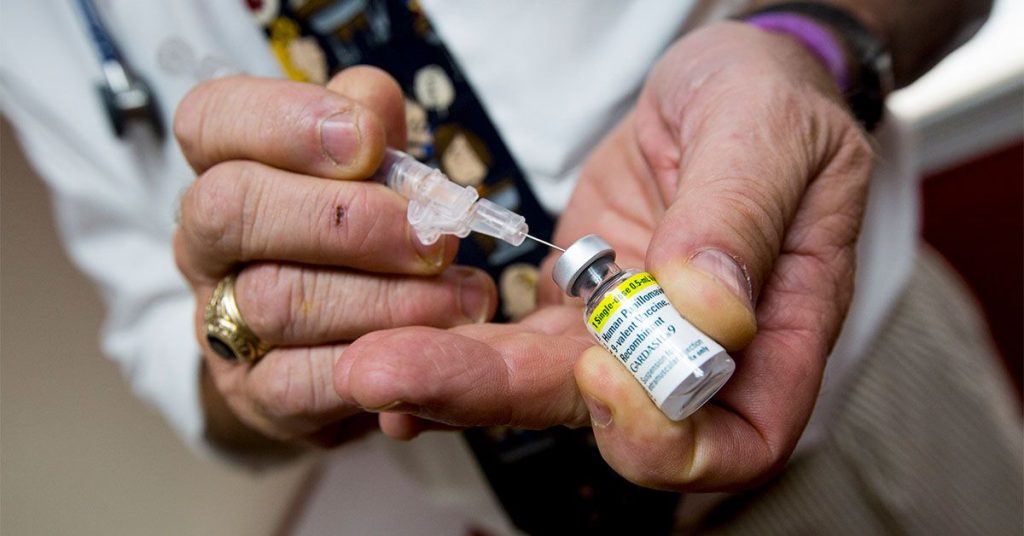A new analysis suggests that the HPV vaccine may be more effective in males than in females. HPV affects both sexes and has been linked to various types of cancers, including throat, anal, and anal canal cancers in both men and women, as well as penis cancer in males and cervical, vaginal, and vulvar cancer in females. Misconceptions about HPV hold back vaccination rates in both males and females, despite experts believing that vaccination rates should be higher. Cervical cancer is the most common female cancer linked to HPV, with almost 200,000 females diagnosed with cervical pre-cancer each year, and about 11,100 diagnosed with HPV-caused cervical cancer. HPV infections usually resolve within a year or two, but some types can lead to cancer in both sexes, resulting in around 36,000 cases of cancer annually. Almost everyone will be infected with HPV at some point in their lifetime, according to the CDC, but a vaccine exists that can prevent over 90% of HPV-related cancers. However, in 2022, only 38.6% of young people in the U.S. had received at least one of the recommended HPV vaccine doses, with girls more likely to be vaccinated than boys.
Research has revealed that HPV vaccinations may reduce the risk of HPV-related cancers by up to 56% in males and 36% in females. The types of HPV that cause cancer can affect both women and men, with HPV-related throat cancers mainly affecting men and rapidly increasing in the developed world. HPV in females is linked to cervical, vaginal, and vulvar cancers, while in males, it is associated with penis cancer. The HPV vaccine can prevent over 90% of vaginal, cervical, and vulvar “pre-cancers,” indicating a higher risk of cancer later on. A study comparing vaccinated individuals with a similarly sized unvaccinated group found significantly fewer cases of HPV-related cancer among vaccinated males and females, emphasizing the importance of vaccination in preventing these types of cancers.
The importance of HPV vaccination has often been emphasized for women, with Pap smears serving as a method to catch early signs of HPV. However, the rise in male HPV cancers, especially among men aged 40 to 60, underscores the need for increased awareness and vaccination in males as well. The CDC recommends that children begin receiving the HPV vaccine at ages 11 to 12, with two doses being optimal. For children aged 15 and older, three doses are required. It is essential to note that the HPV vaccine prevents new HPV infections and does not treat existing infections or diseases caused by HPV. Delaying vaccination due to concerns about sexual activity may hinder the preventive benefits of the vaccine, as HPV spreads easily and can affect both sexes.
Despite the known benefits of the HPV vaccine for males, awareness and uptake among men have been low. Some misconceptions, such as viewing the vaccine as solely for girls’ protection, may contribute to the stigma around HPV vaccination for boys. Demographics play a role in determining HPV vaccine uptake in the U.S., with vaccination rates varying based on factors such as age, socioeconomic status, insurance coverage, and living in metropolitan areas. Racial and ethnic disparities in HPV vaccine knowledge and trust in receiving cancer information from physicians may also influence vaccination rates. Enhancing physician communication practices and promoting HPV vaccine awareness are essential steps in improving vaccination rates, particularly among males, to prevent HPV-related cancers in both sexes.
Overall, increasing awareness of the benefits of HPV vaccination for males and females, addressing misconceptions, and improving access to vaccination for all demographics are crucial in preventing HPV-related cancers and reducing the significant impact of this virus on public health.


